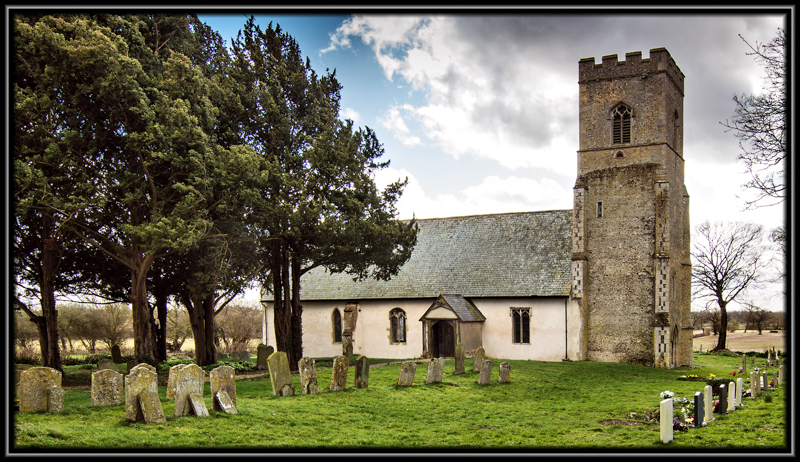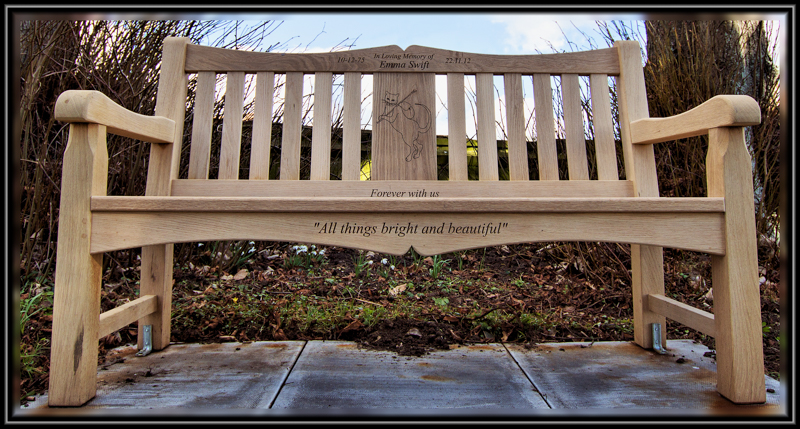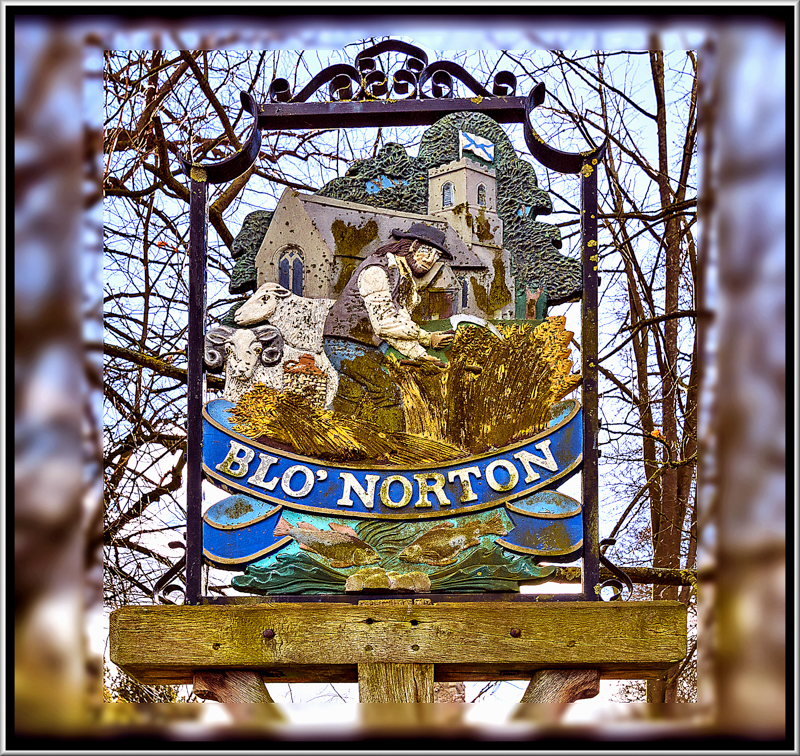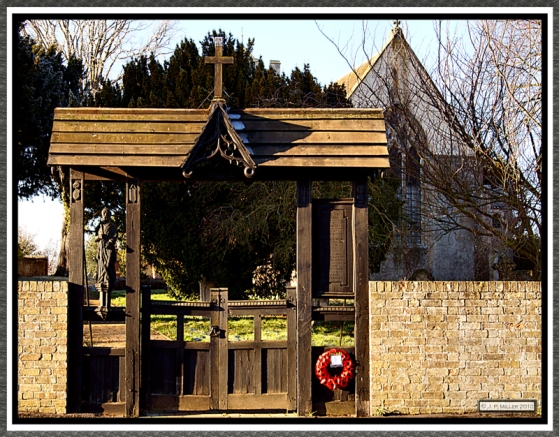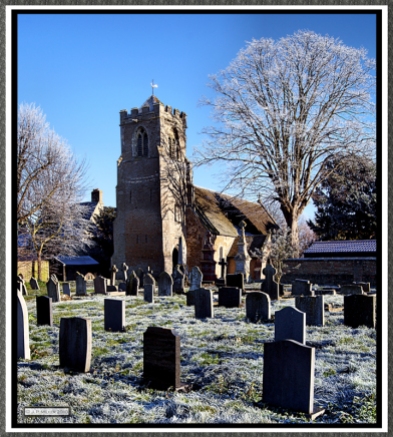
St Mary’s Church, Leighton Bromswold, Huntingdonshire.
St Mary’s Church in Leighton Bromswold Huntingdonshire, in 1626 it was in a deplorable state of decay when the poet George Herbert was inducted as Prebend.
He made it his mission to raise the funds and restore the church along with the help of his friend Nicholas Ferrar and his brother John of Little Gidding.
THE CROSS.
By George Herbert
What is this strange and uncouth thing?
To make me sigh, and seek, and faint, and die,
Until I had some place, where I might sing,
And serve thee; and not only I,
But all my wealth, and family might combine
To set thy honour up, as our design.
And then when after much delay,
Much wrestling, many a combat, this dear end,
So much desir’d, is giv’n, to take away
My power to serve thee; to unbend
All my abilities, my designs confound,
And lay my threat’nings bleeding on the ground.
One ague dwelleth in my bones,
Another in my soul (the memory
What I would do for thee, if once my groans
Could be allow’d for harmony):
I am in all a weak disabled thing,
Save in the sight thereof, where strength doth sting.
Besides, things sort not to my will,
Ev’n when my will doth study thy renown:
Thou turnest th’ edge of all things on me still,
Taking me up to throw me down:
So that, ev’n when my hopes seem to be sped,
I am to grief alive, to them as dead.
To have my aim, and yet to be
Farther from it than when I bent my bow;
To make my hopes my torture, and the fee
Of all my woes another woe,
Is in the midst of delicates to need,
And ev’n in Paradise to be a weed.
Ah my dear Father, ease my smart!
These contrarieties crush me: these cross actions
Do wind a rope about, and cut my heart:
And yet since these thy contradictions
Are properly a cross felt by thy Son,
With but four words, my words, Thy will be done.
We have visited Leighton Bromswold in Huntingdonshire on many occasions stopping to look around the outside of The Church of St Mary’s as we have never found it open.
Well today was different, as we went to drive past on our way to who knows where, to our pleasant surprise there was a notice announcing that the church was open, hastily parking the car we were able to fulfil a long time ambition and were not in the least disappointed.

The Inside of St Mary’s Church, Leighton Bromswold, Huntingdonshire.
With its Pulpit and Reading Desk of the same size

St Mary the Virgin Church, Leighton Bromswold, Huntingdonshire.
Its tower dominating the countryside.

St Mary’s Church, Leighton Bromswold, Huntingdonshire

